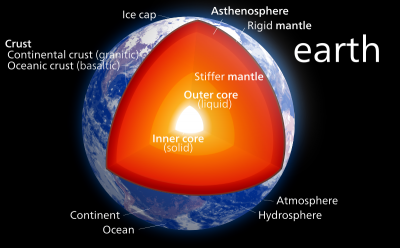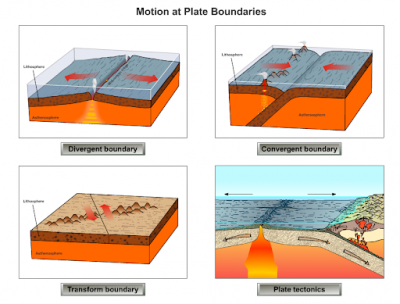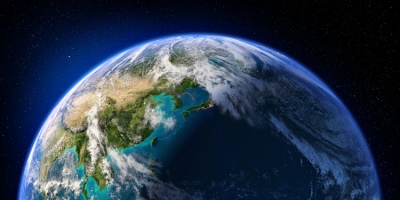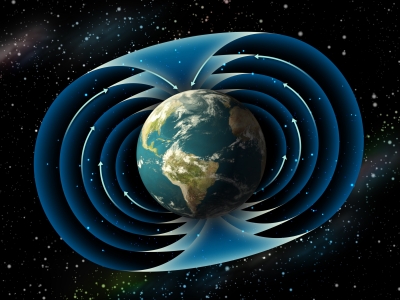Where do volcanoes form?
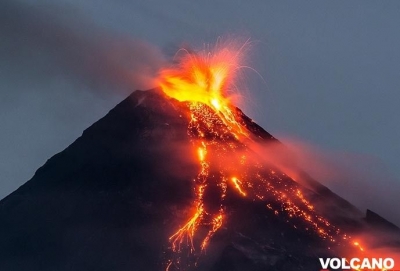
VOLCANOES
Volcanoes are the most spectacular and destructive of Earth’s geological features. Most volcanoes lie along plate boundaries, where the slabs of rock (plates) that form Earth’s crust meet. Opening rifts and the friction of plates grinding against each other make the hot rock beneath the crust melt and burst up through fissures (cracks). Volcanoes also occur over “hotspots” away from plate boundaries, caused by rising plumes of heat in the mantle beneath Earth’s crust.
KILAUEA
The Hawaiian Islands are a chain of volcanoes that have erupted from the Pacific Ocean floor as it slips over a hotspot in Earth’s mantle. The oldest volcanoes in the north are now extinct, but Kilauea in the south is the most active volcano on Earth.
- ERUPTION
When Kilauea erupts, basalt lava and gas are forced up from deep within the volcano. Basalt lava is very fluid, so a lot of it just spills over the rim of the crater. Erupting gas can also cause explosive “fire fountains” of gas and red-hot lava, like this one.
- CRATER
Lava boils up through a vent to build up a cone of rocky debris. More eruptions make the inside of the cone collapse or even explode upwards to create a roughly circular crater. It’s almost sheer walls reveal layers of cinders, ash, and solidified lava.
- CONE
This small volcanic cone is just the summit of a huge, dome-shaped shield volcano, which rises all the way from the ocean floor 7,277 m (23,875 ft) below. The dome is built up by the fluid lava that erupts on Hawaii. Volcanoes that erupt stickier, less fluid lava have steeper sides.
- LAVA FLOW
The lava that erupts from Kilauea is extremely hot, and is so fluid that it flows downhill away from the crater like a river of fire. Since 1983 the volcano has been erupting almost constantly, spilling lava over more than 100 sq km (40 sq miles).
- TYPES OF LAVA
Hawaiian lava is molten basalt rock pushed up from beneath the ocean floor. It is fluid because it contains very little silica (the mineral used to make glass). Other volcanoes erupt lava that is high in silica, which is much stickier and does not flow far.
- LAVA TUBE
As the lava streams away from the active crater of Kilauea, the surface of the flow cools and hardens. Underneath, however, the hot lava keeps flowing. This creates “lava tubes” that extend to the coast, where the lava spills into the sea in clouds of steam.
Picture Credit : Google
